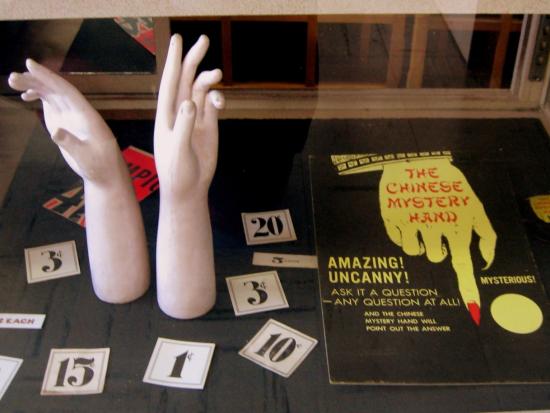Driving home tonight, I heard an interview on NPR with a “meme researcher.” I wonder how a person gets that title. I also wonder what the difference is between a meme and something that has gone viral. The dude being interviewed tried to explain, but it only made things murkier for me. Any understanding I had of the difference between the two completely disappeared, mainly because he used a viral video as his example of a meme. Are the two terms really so different?

A few minutes ago, as we were eating dinner, my fiance remarked that, “From what I can tell, the word ‘viral’ is a bigger ‘meme’ than the word, ‘meme.'” I think he has a point! What are your thoughts?
Okay I did a little research on the meme vs viral thing (what a way to spend my lunch).
Meme = A postulated unit or element of cultural ideas, symbols or practices, which is transmitted from one mind to another through speech, gestures, rituals, or other imitable phenomena. The original idea of a meme was based off of genetics and the concept is that a meme is transmitted in much the same way your parents passed their genes on to you. In Catholicism for example, going to mass is a meme. It’s a cultural ritual that’s generally passed from one generation to the next.
Viral in this instance means that something generally marketed to a very specific audience with a specific objective in mind (brand awareness, increase in sales, etc.) and spreads rapidly. It may be around a long time, or it may be around a short time. Things right off the top of my head that I think would be viral would be a video. I wouldn’t call a video a meme though.
That doesn’t mean that something that is viral can’t be a meme. Engagement rings didn’t become standard in the West until the end of the 19th century, and diamond rings didn’t become common until the 1930s.
In 1919, De Beers experienced a drop in diamond sales that lasted for two decades. So in the 1930s it turned to the firm N.W. Ayer to devise a national advertising campaign—still relatively rare at the time—to promote its diamonds. Ayer convinced Hollywood actresses to wear diamond rings in public, and, according to Edward Jay Epstein in The Rise and Fall of the Diamond, encouraged fashion designers to discuss the new “trend” toward diamond rings. Between 1938 and 1941, diamond sales went up 55 percent. Now over a half a century later, getting an engagement ring is the “norm”.
Paula: Wow! You really did your homework. Thanks for all that info. I am getting clearer on the viral/meme thing, and I had absolutely no idea that engagement rings were such a new phenomena. Also, how interesting about diamond rings gaining popularity during the 30’s – when everyone was broke! Diamonds may be forever, but diamond rings haven’t been around forever… ~Tui
heh, I used to be a DJ on a local NPR station :-) a billion years ago in college.
Funny! I was a DJ at a college station, too, back when I was in high school. I was the shyest DJ in the world back then, but I loved having access to all that music. Now, I’d be rambling on and on! ~Tui
I thought that things could go “viral” but became a “meme”.
It may be simplistic and I’m missing the point but the first is an adjective and the other a noun. For example the video could go viral, but what it was portraying was the meme?
Maybe?
Jyllian: Yeah! That’s what I thought before I heard the guy on the radio. I hadn’t made the adjective/noun connection, though, which makes even more sense. Maybe NPR should interview *you* next time, instead! ~Tui